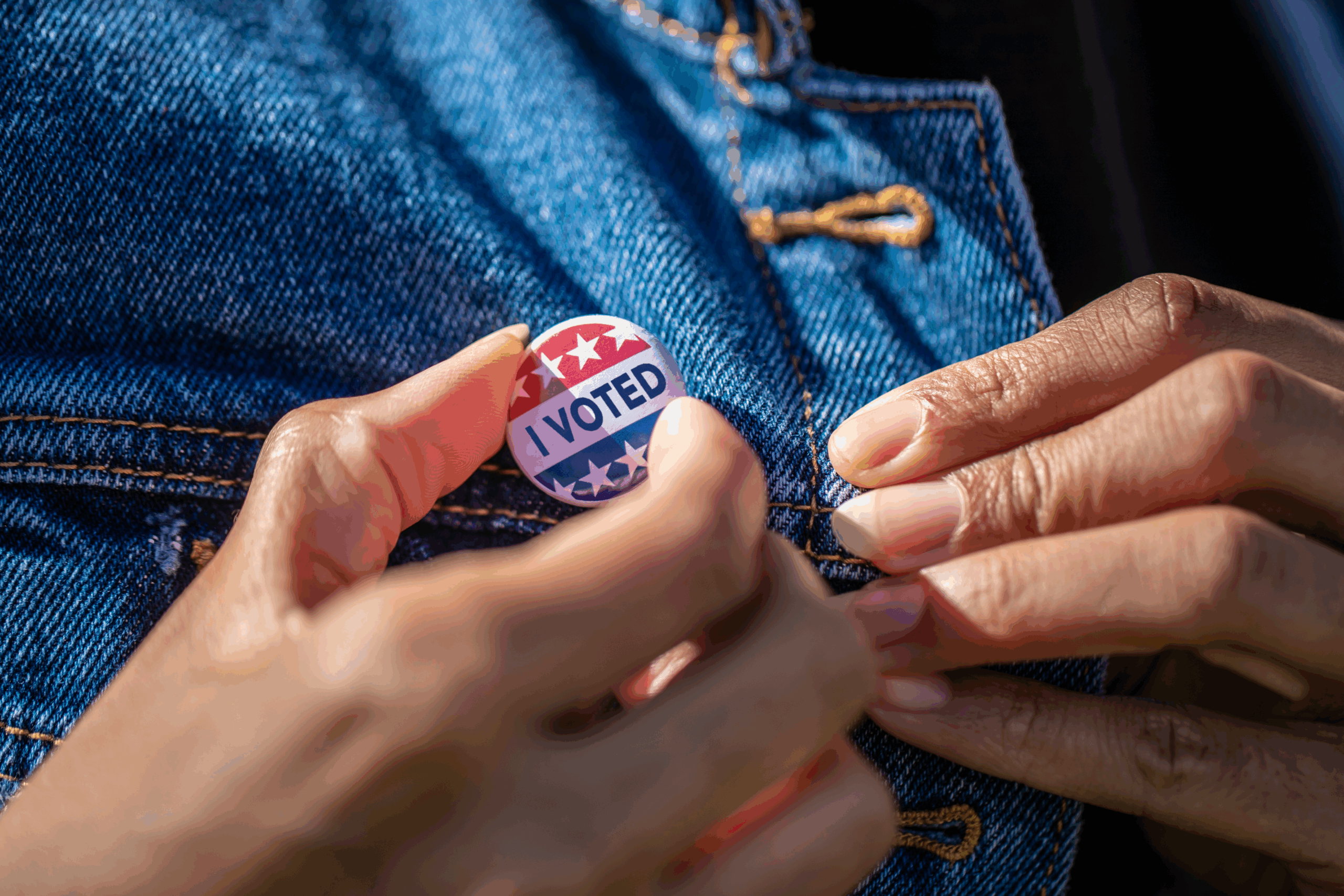Winning campaigns aren’t just about persuasion—they’re about participation. Even the most compelling message falls short if supporters don’t make it to the polls. That’s why Get Out The Vote (GOTV) strategy is the cornerstone of campaign success, from local elections to national races.
Why Having a Get Out The Vote (GOTV) Strategy Matters
Voter turnout is often the deciding factor. For example, the U.S. Census Bureau reports that just 52% of eligible voters participated in the 2018 midterms—yet that was the highest turnout in 40 years. In local races, turnout often falls below 30%, meaning even modest improvements in voter mobilization can tip the balance.
Campaigns that invest in a structured GOTV program consistently outperform those that leave voter turnout to chance.
Key Components of a Strong GOTV Plan
- Voter Identification – Accurately tracking supporters is the first step. Clean voter data and segmentation allow campaigns to focus on the right people.
- Voter Contact – Direct voter contact remains the most effective mobilization tactic. Studies show that personalized, repeated outreach can raise turnout by 4–10 percentage points (Brookings).
- Voter Education – Confusion about polling places, deadlines, or ID requirements keeps people home. Clear communication empowers voters to act.
- Logistical Support – From rides to polling locations to ballot drop-off reminders, removing barriers helps every supporter cast their ballot.
Tracking & Follow-Through – Campaigns that monitor supporter engagement can target reminders more effectively, ensuring no one slips through the cracks.
Modern GOTV Challenges (and Opportunities)
Today’s campaigns face an evolving landscape—fragmented communication channels, rapid changes in election laws, and voter fatigue. But these same challenges create opportunities. Digital campaign tools like Proximity now allow organizers to integrate field efforts with data-driven outreach, making every contact more efficient.
For example, the National Democratic Institute emphasizes that strong GOTV operations not only raise turnout in a single election, but also build lasting civic participation (NDI Resource Guide).
At Proximity, we’ve seen firsthand how campaigns can blend face-to-face voter contact with scalable digital infrastructure. The campaigns that succeed in today’s environment are those that combine the human element of politics with the efficiency of technology.
Final Thoughts
At its heart, GOTV is about empowering participation. Campaigns that prioritize turnout show respect for voters’ time, effort, and voice. And in close races, a thoughtful GOTV plan can be the difference between winning and losing.
For campaigns seeking to maximize voter turnout, the right strategy and tools make all the difference.
Learn more about how Proximity helps candidates execute their GOTV plan:
Frequently Asked Questions About GOTV Strategy
Research shows that personalized, face-to-face voter contact—like canvassing or phone calls—remains the single most effective tactic for increasing turnout. However, digital reminders (texts, emails, social media) are critical for scale. The best campaigns combine both approaches.
Ideally, GOTV planning should begin months before Election Day. Early preparation allows campaigns to identify supporters, build voter contact lists, and establish the infrastructure needed for effective outreach. The final two weeks are about execution—not scrambling.
Yes. In fact, local campaigns benefit the most from GOTV efforts because turnout is often very low (sometimes below 20%). A well-organized turnout operation can easily swing the result in city council, school board, or mayoral races.
Costs vary widely depending on district size, voter population, and chosen tactics. For example, door-to-door canvassing requires more staff or volunteers, while digital outreach is more cost-efficient. Many campaigns use software platforms like Proximity to reduce costs while maximizing reach.
Strong campaigns use voter engagement tracking tools like Proximity’s Impact CRM to monitor supporter contact, responses, and follow-up. Tracking data ensures you can identify who has already voted, who needs reminders, and where to focus resources in the final stretch.

